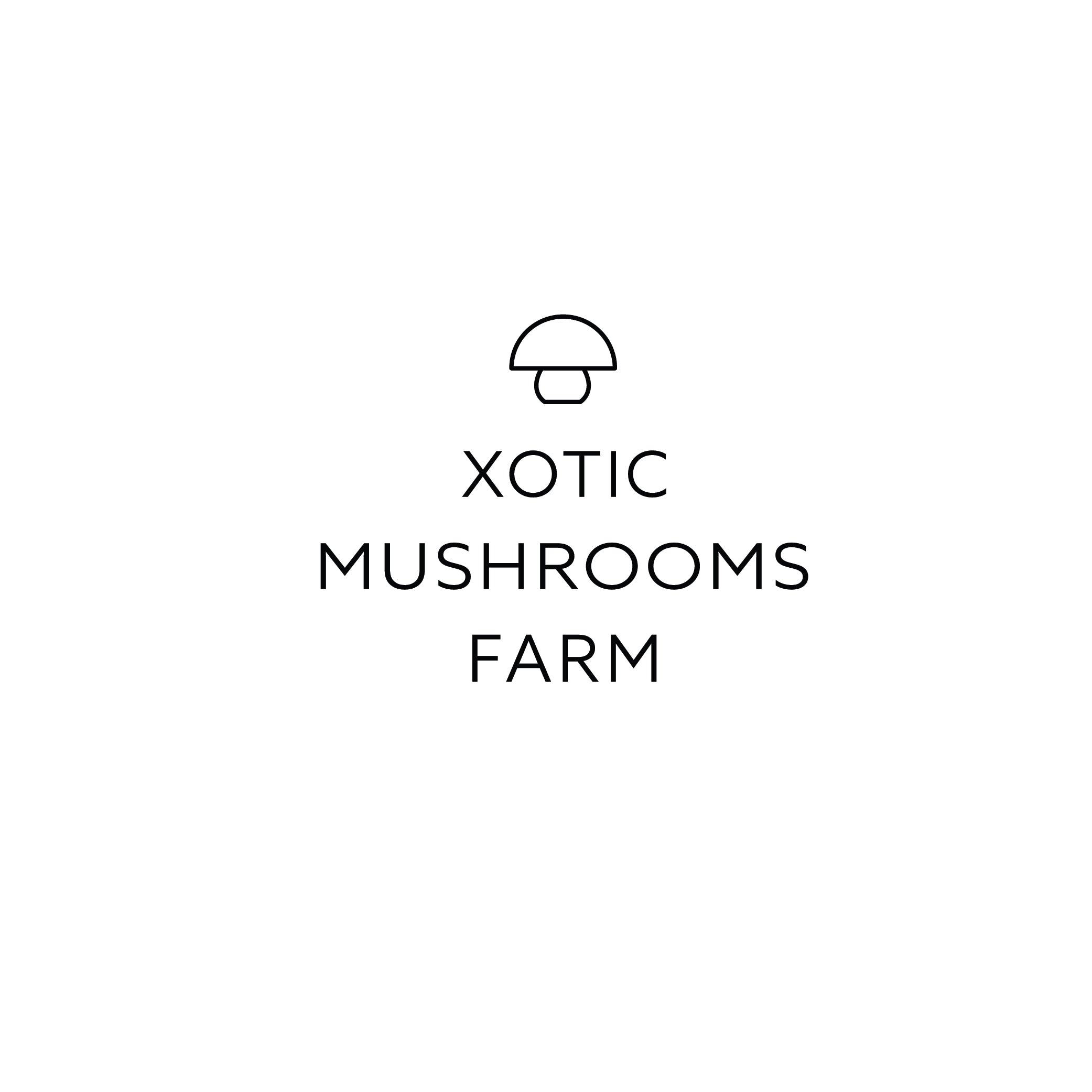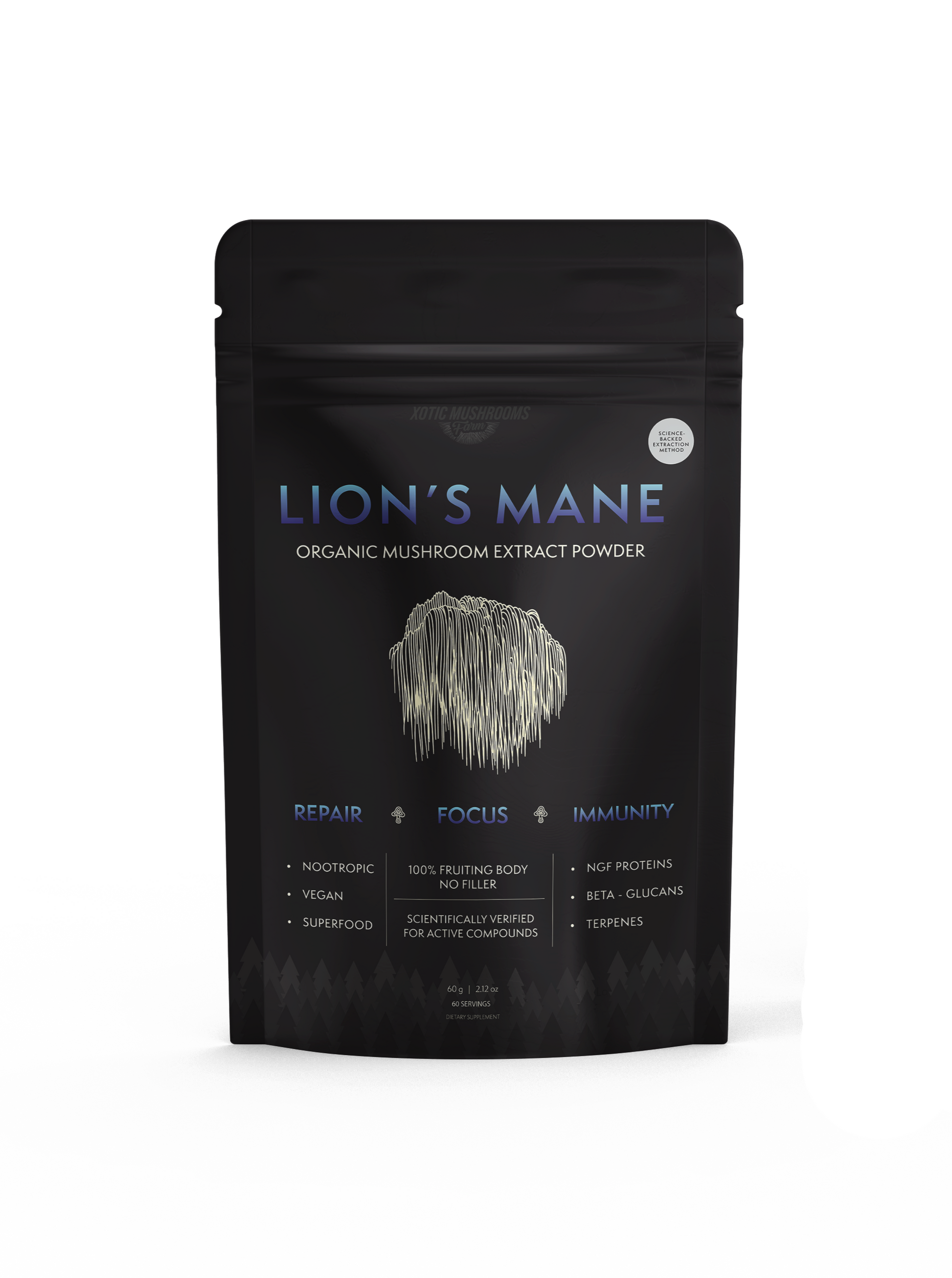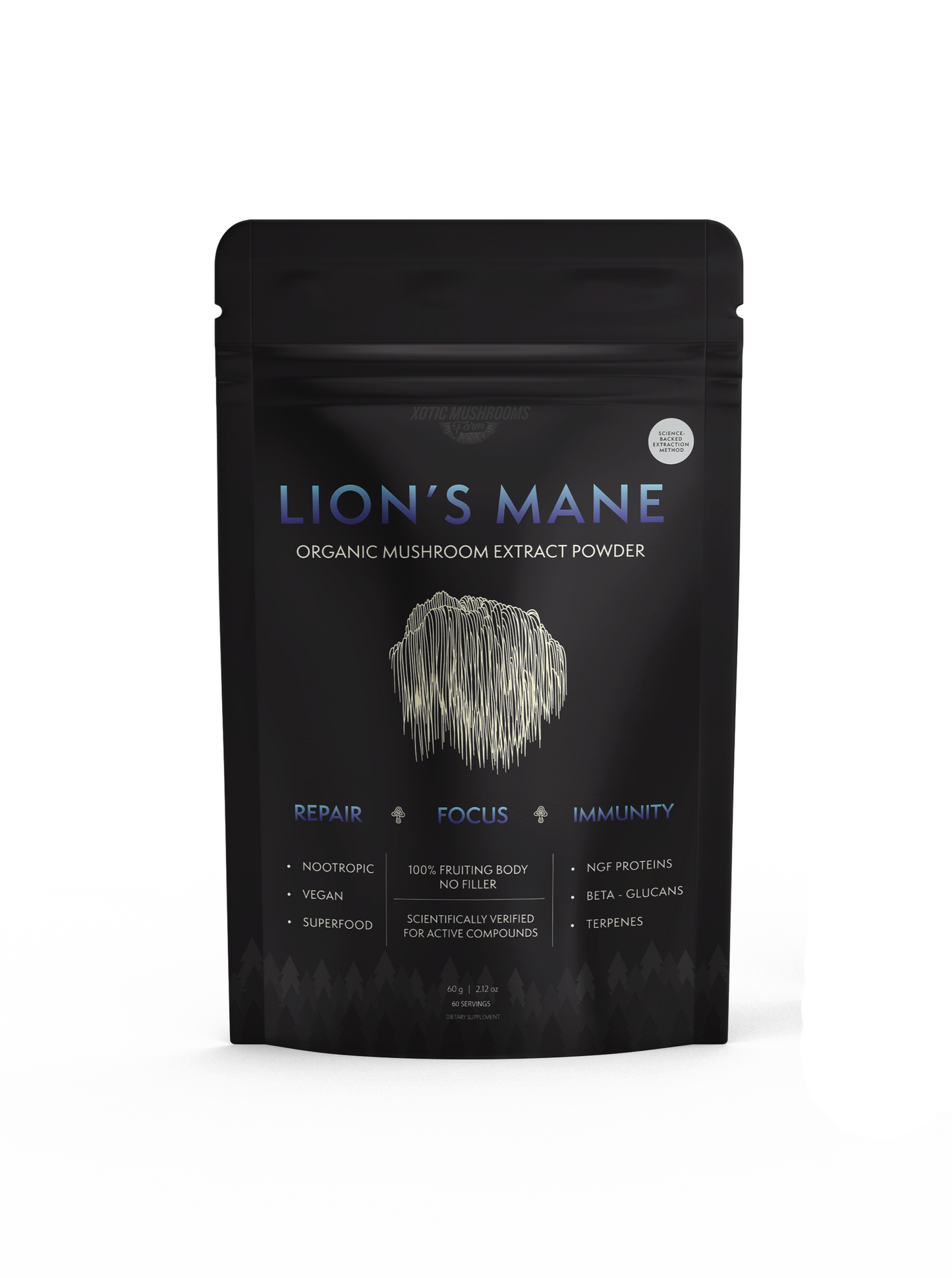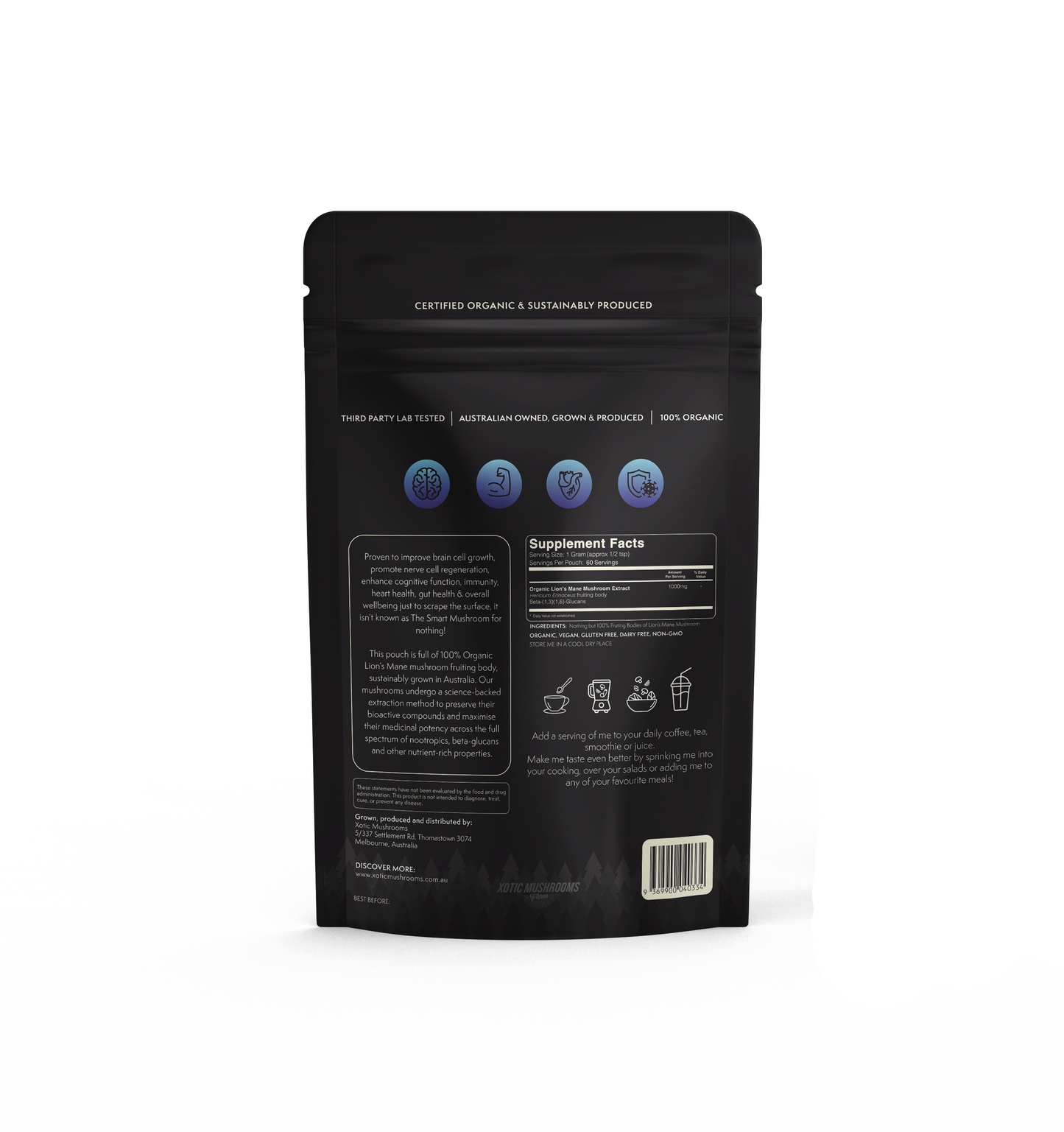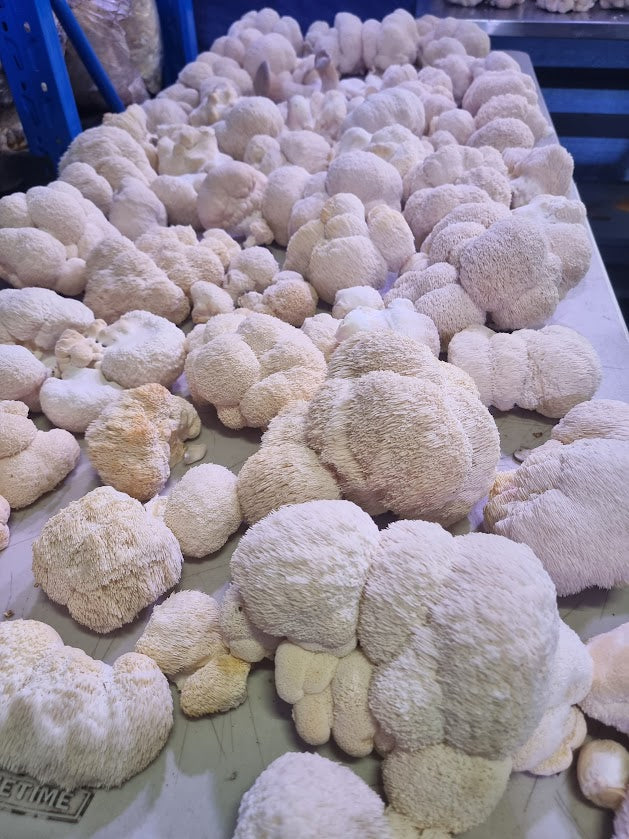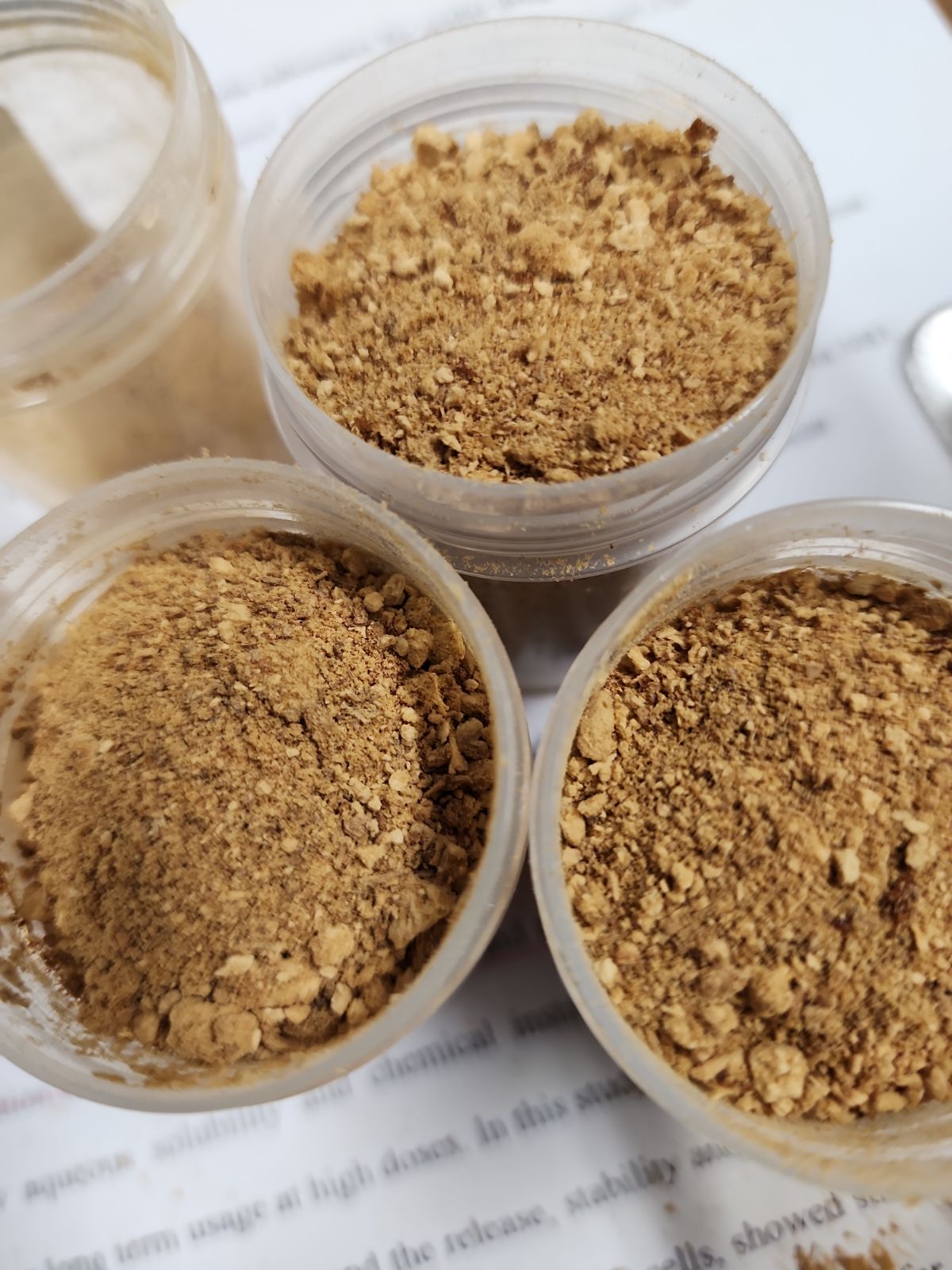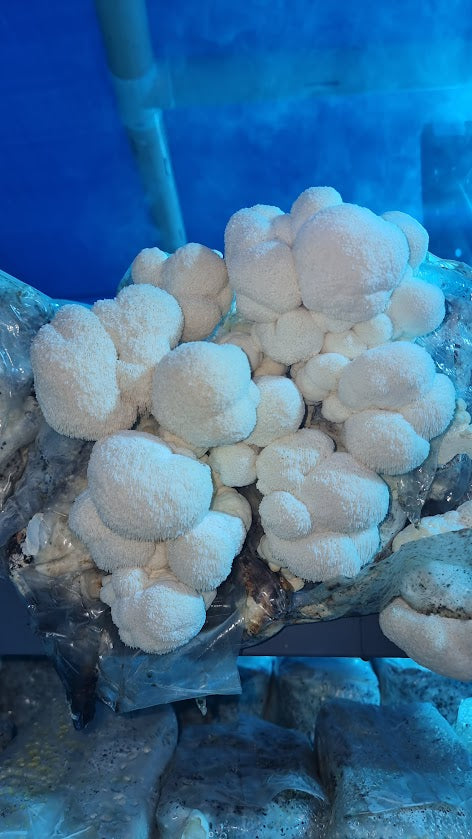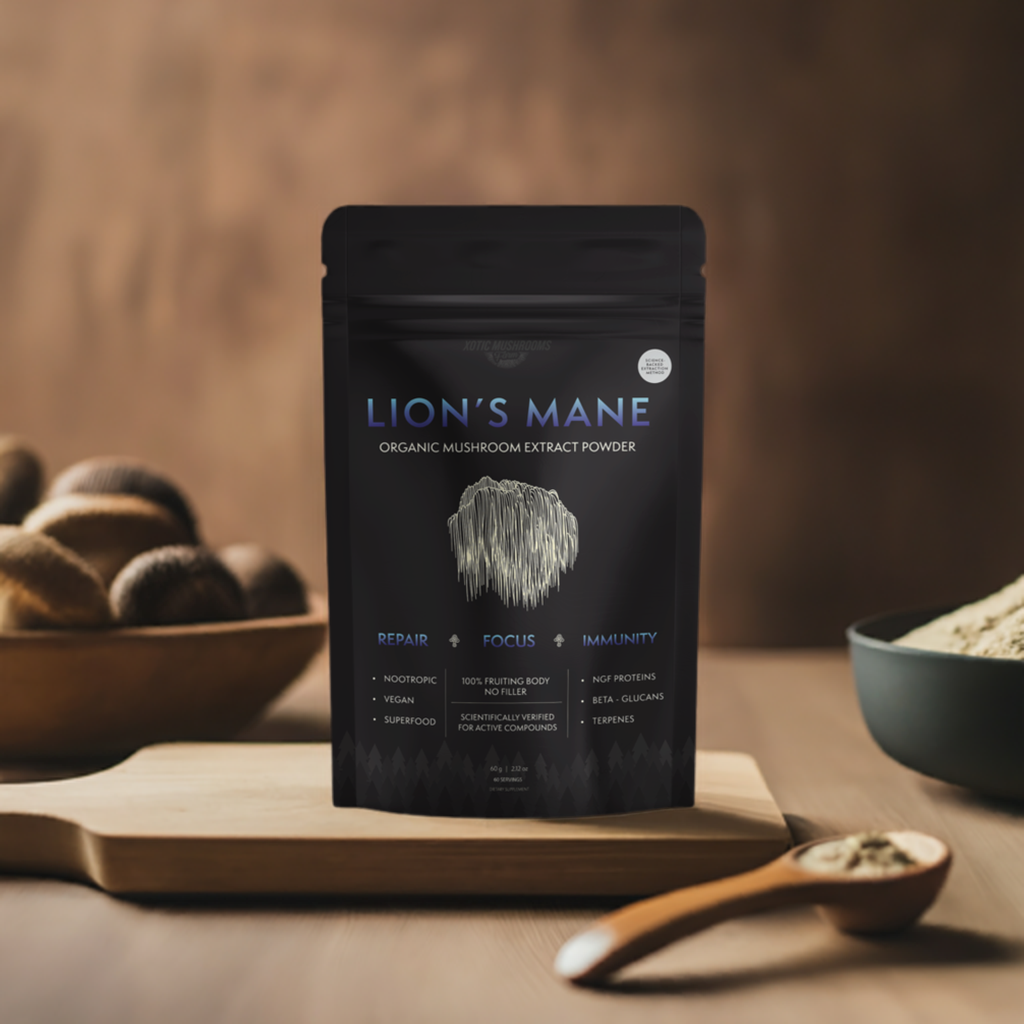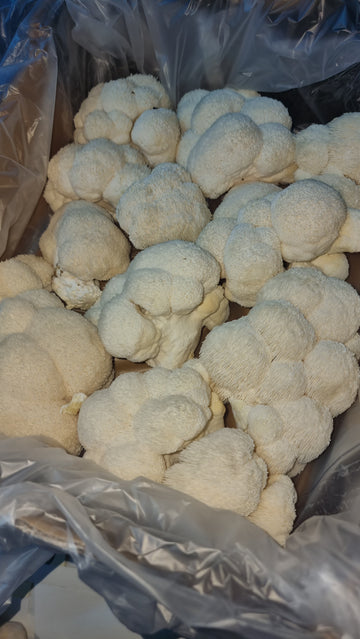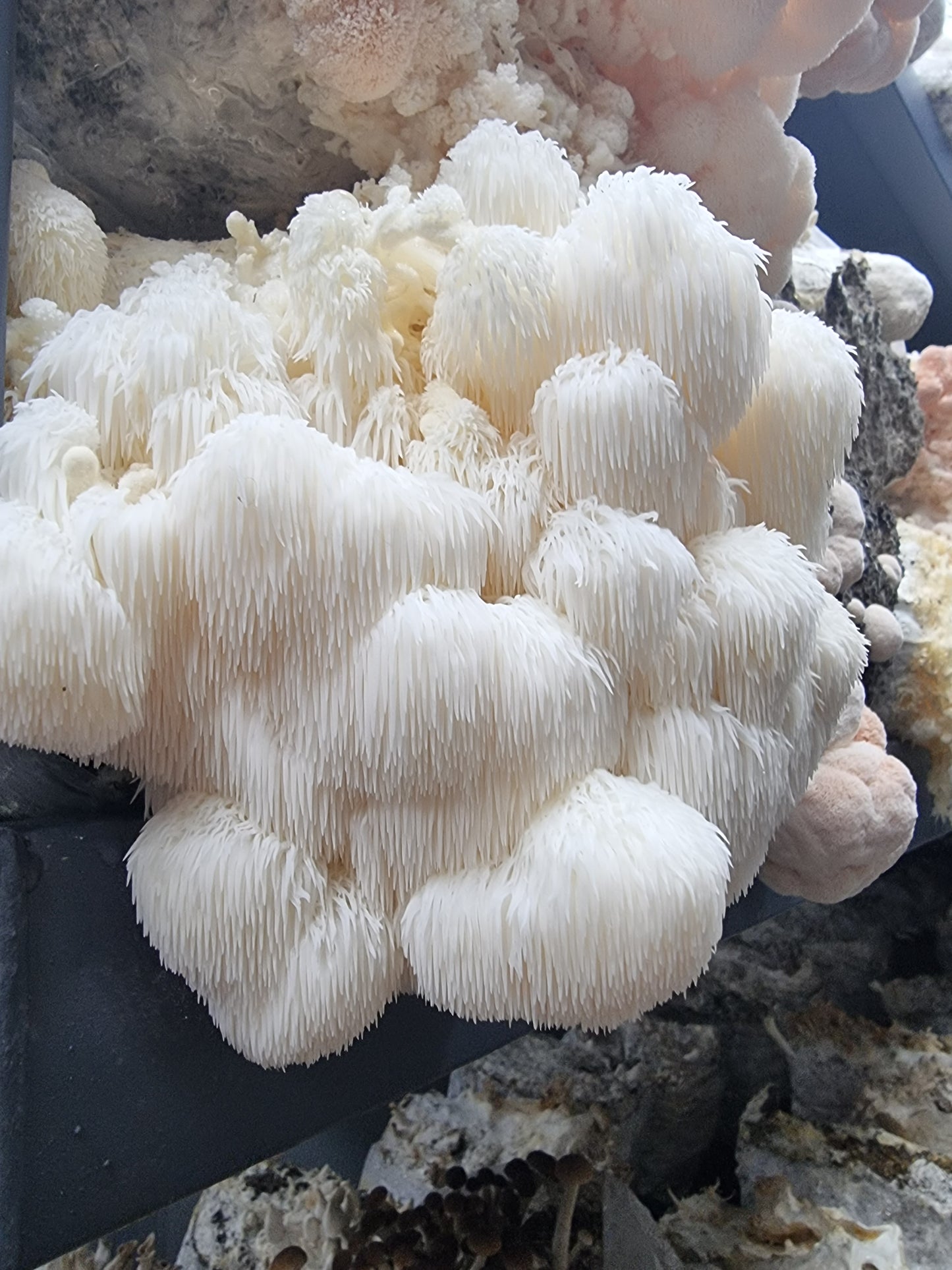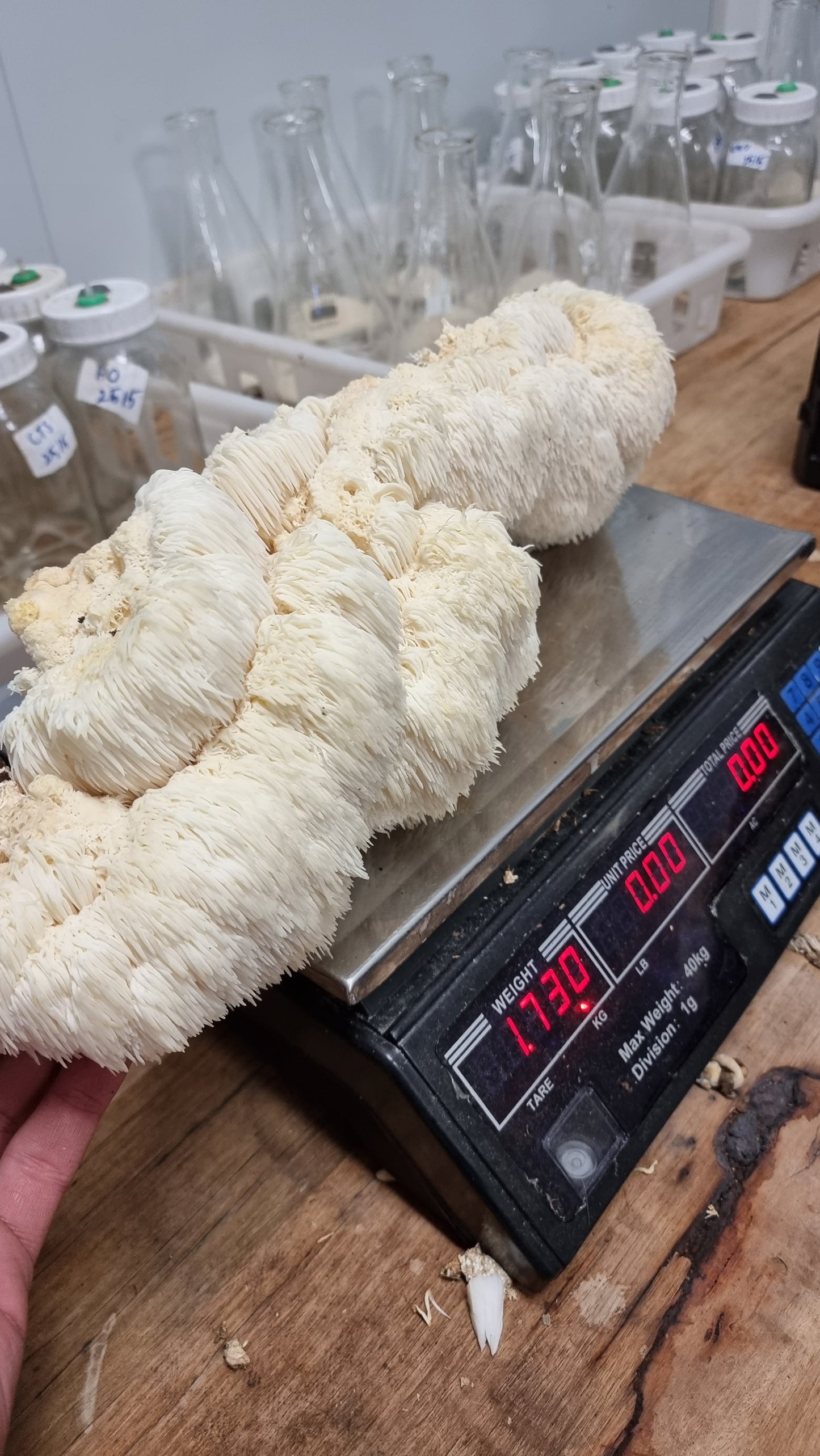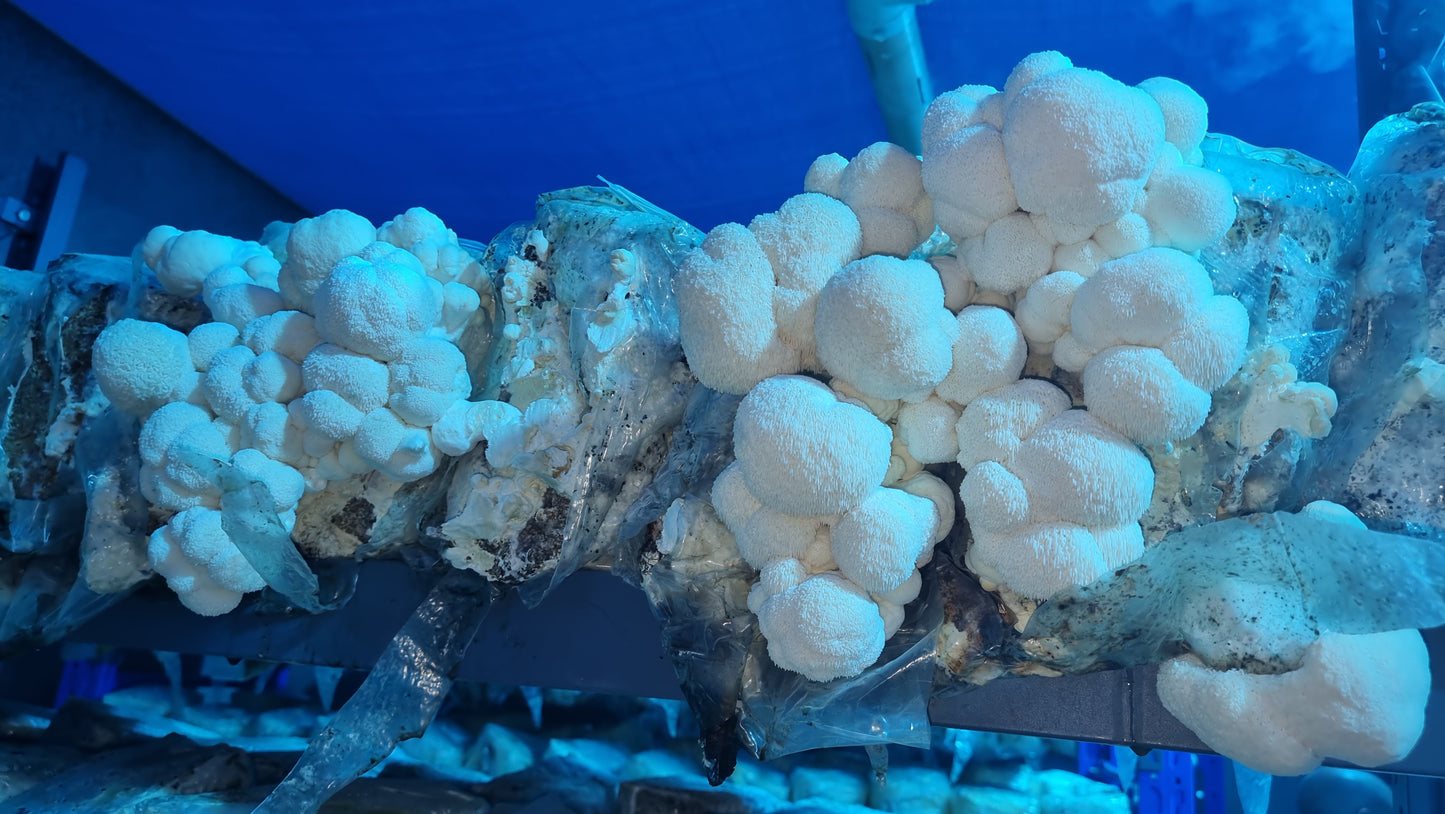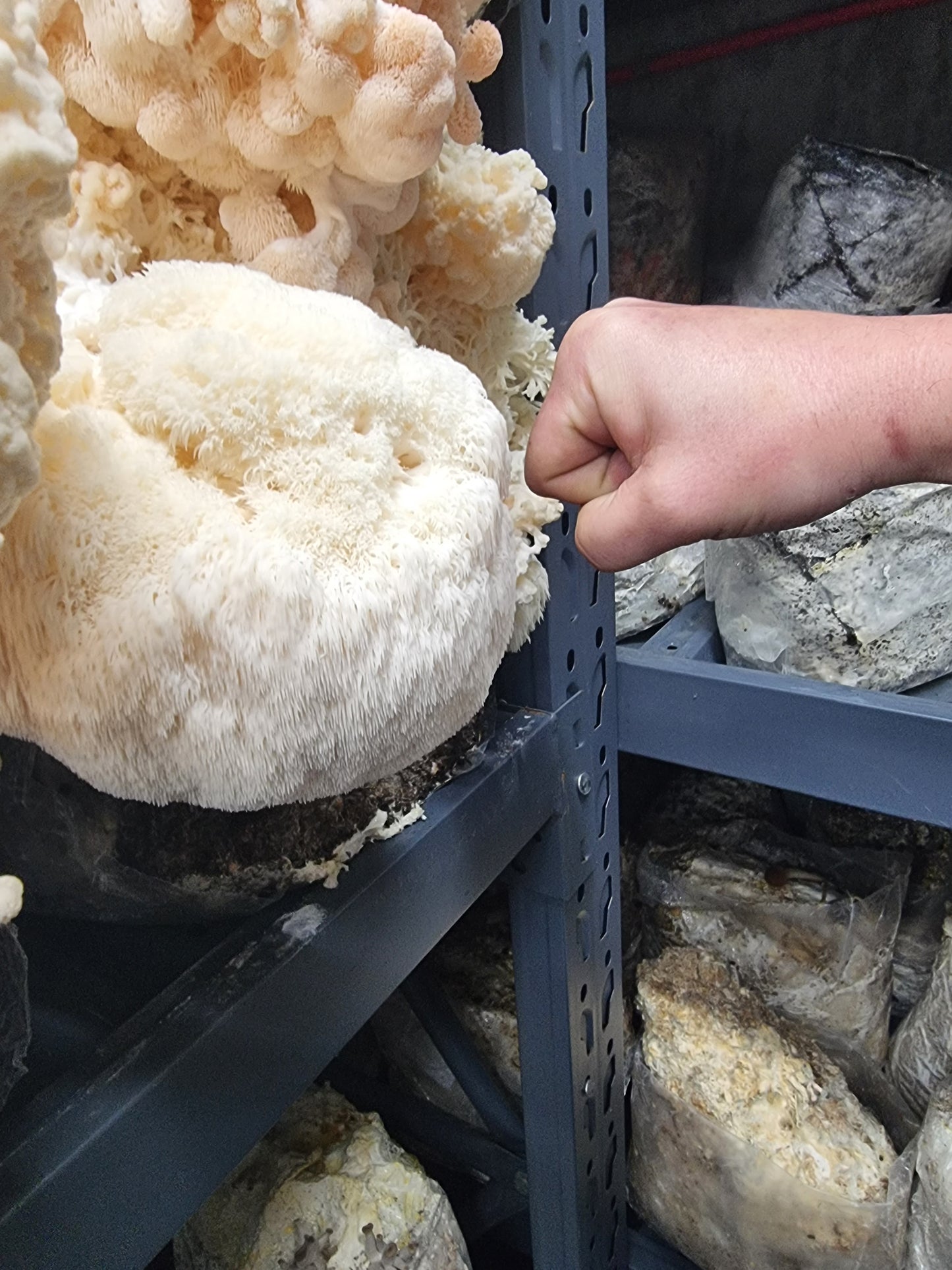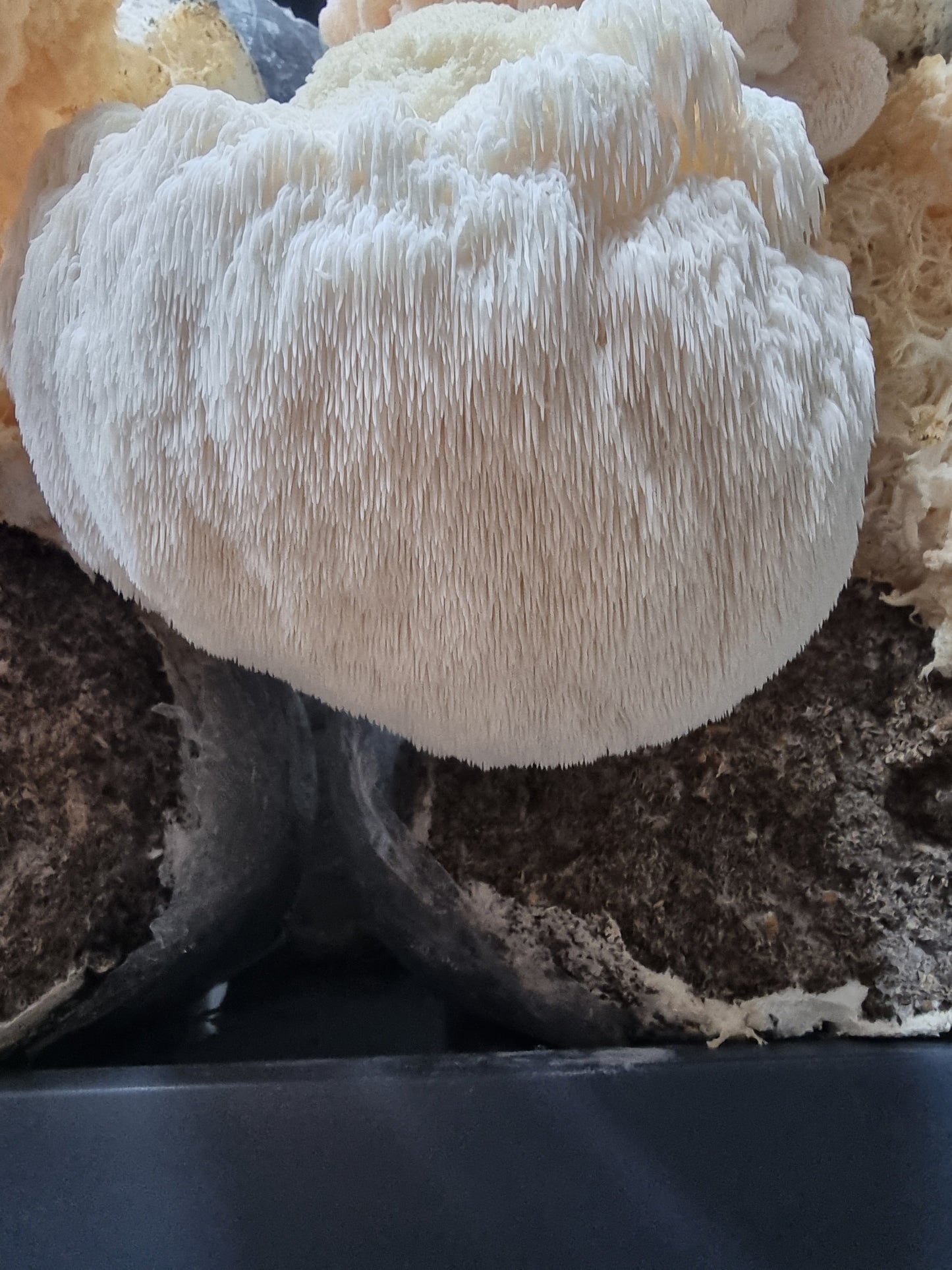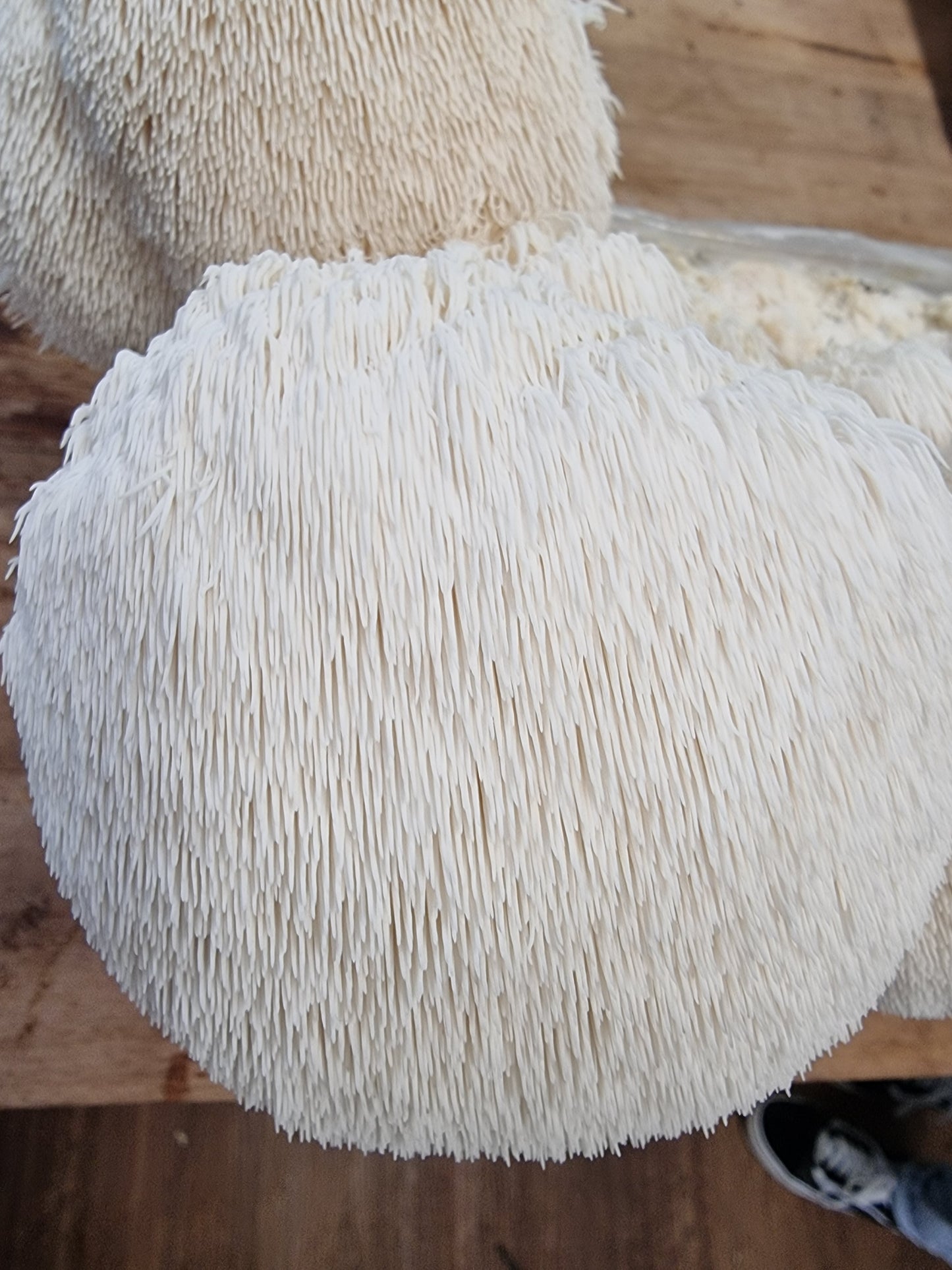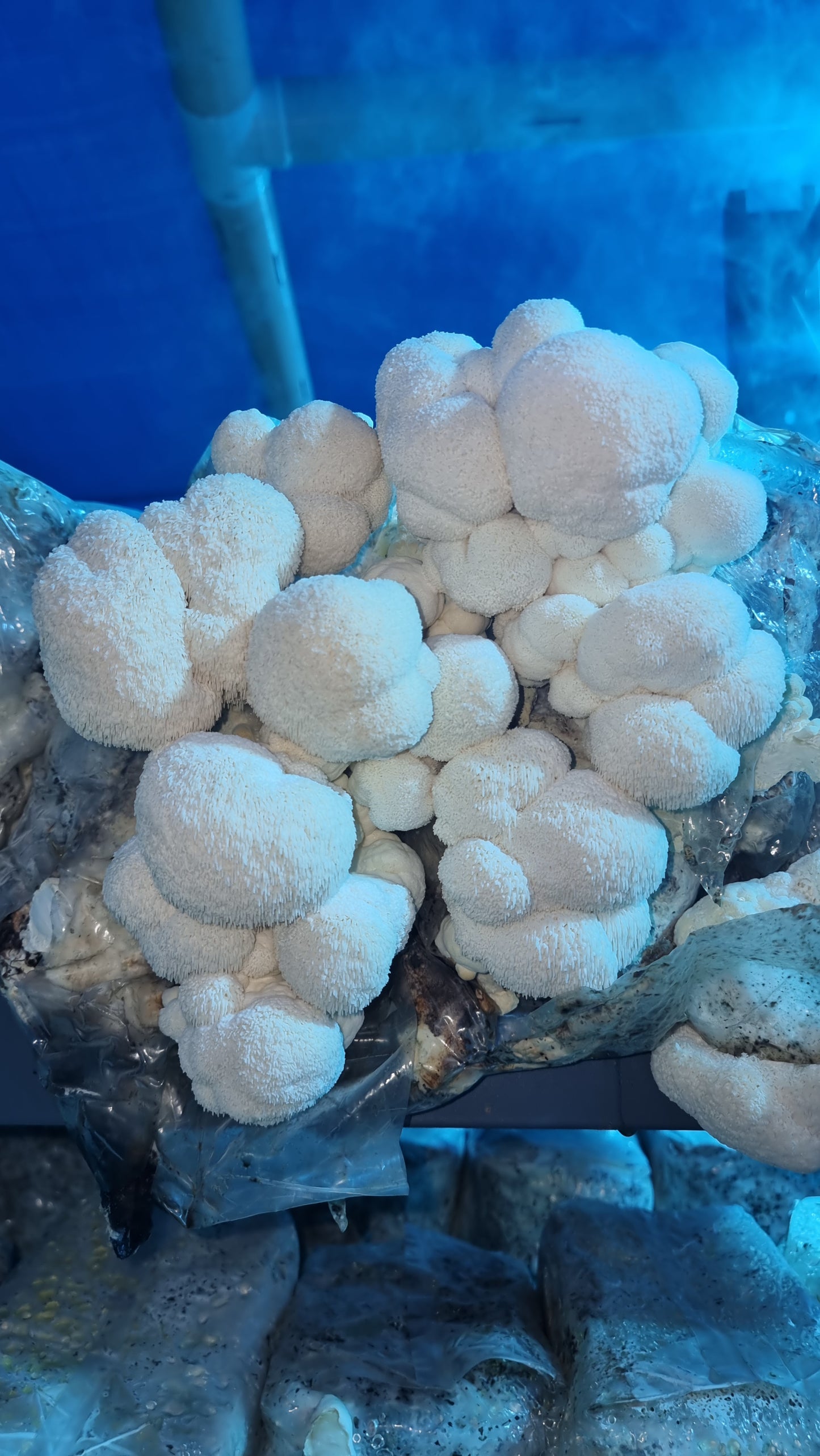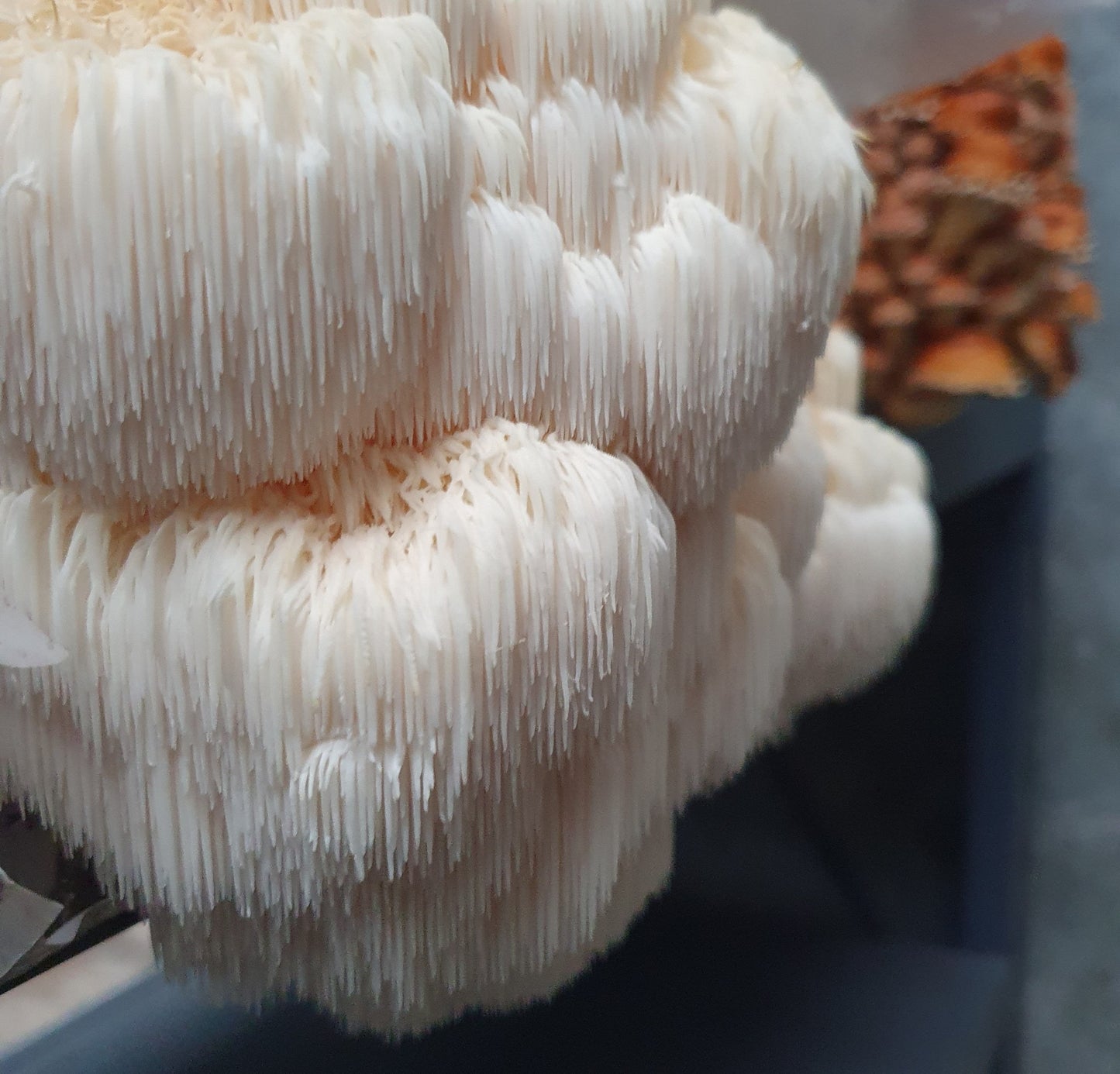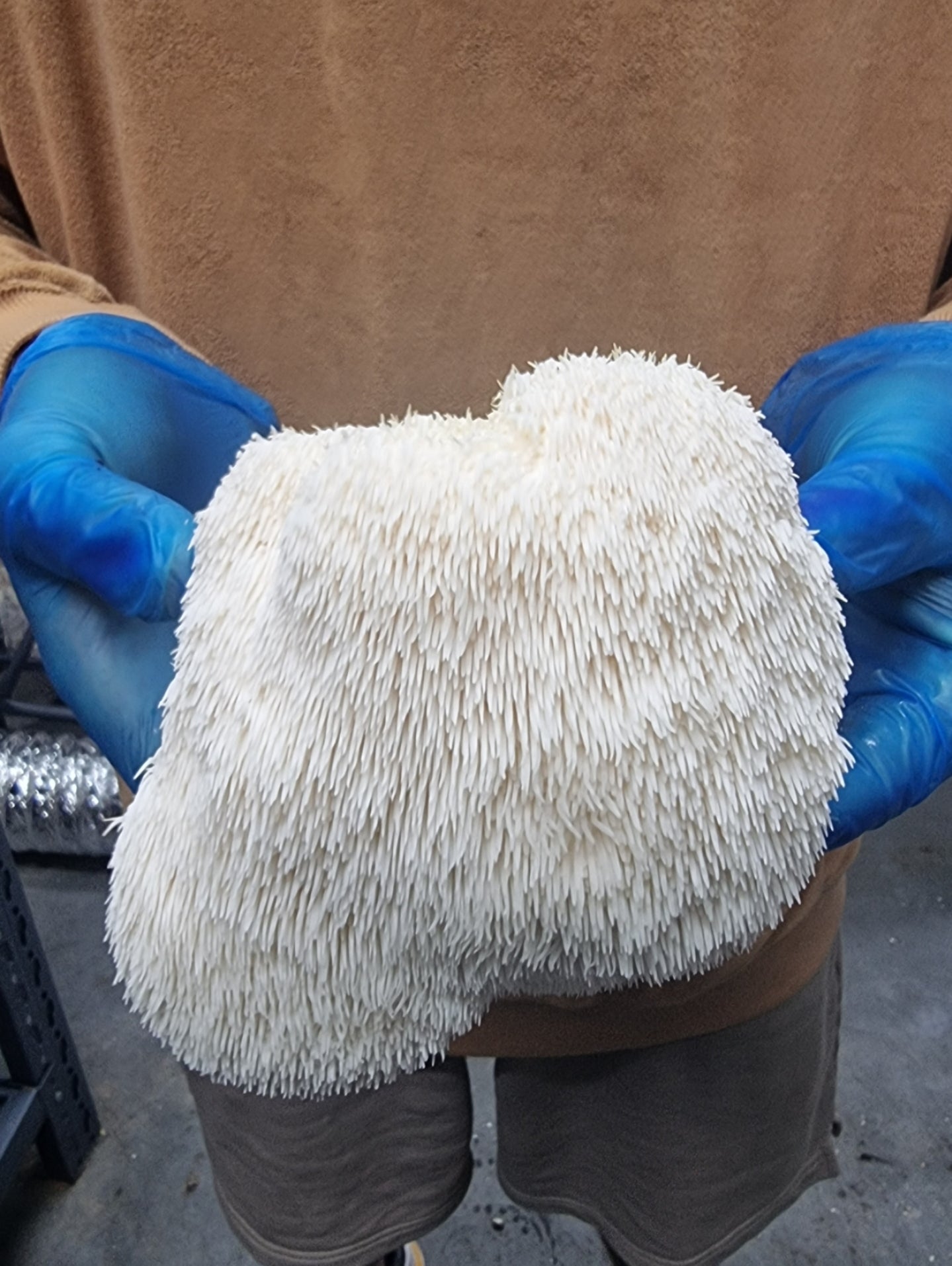Mushrooms are not only cherished for their earthy flavor and culinary versatility, but they're also recognized for their nutritional value.
Among the myriad of nutrients mushrooms offer, Vitamin D stands out as a topic of special interest, especially in discussions about sunlight exposure and dietary sources of this essential vitamin.
Chestnut mushrooms, also known as Agrocybe aegerita or Pholiota aegerita, are a variety frequently found on supermarket shelves and gourmet recipes. This article delves deep into the question: Do chestnut mushrooms provide us with a source of Vitamin D?
Do Chestnut Mushrooms Contain Vitamin D?
Yes, chestnut mushrooms can contain Vitamin D, especially when exposed to sunlight or ultraviolet (UV) light during their growth process. Just like humans, mushrooms synthesize Vitamin D when exposed to UV radiation. However, the exact amount of Vitamin D can vary based on factors like UV exposure and cultivation methods.
Do All Types Of Mushrooms Have Vitamin D?
No, not all types of mushrooms naturally contain significant amounts of Vitamin D. However, all mushrooms have the potential to produce Vitamin D when exposed to ultraviolet (UV) light, specifically UV-B rays. The compound ergosterol, present in mushrooms, is converted to ergocalciferol (Vitamin D2) when exposed to UV light.
It's worth noting that commercially grown mushrooms are often cultivated in the dark and therefore might have minimal Vitamin D unless they undergo UV light treatment post-harvest. Wild mushrooms or those grown with exposure to sunlight usually contain higher levels of Vitamin D.
The most commonly cited mushroom with naturally high Vitamin D content when exposed to sunlight is the maitake mushroom, also known as "hen of the woods."
However, the amount of Vitamin D can vary widely among mushroom types and based on their growing conditions. Always check nutritional information or scientific literature for specific details on a particular mushroom variety.
What Do Chestnut Mushrooms Contain?
Chestnut mushrooms, also known as Agrocybe aegerita or Pholiota aegerita, are a popular edible variety prized for their nutty flavor and firm texture.
Like most mushrooms, they are low in calories and offer a range of nutrients and beneficial compounds. Here's a breakdown of some key components:
- Vitamin D: Especially when exposed to sunlight or UV light during growth.
- B Vitamins: Including riboflavin (B2), niacin (B3), and pantothenic acid (B5), which play roles in energy production and nervous system health.
- Minerals: Such as selenium, potassium, and phosphorus.
- Fiber: Mushrooms contain a type of soluble fiber called beta-glucans, which has been linked to improved cholesterol levels and immune system function.
- Protein: Chestnut mushrooms provide a modest amount of protein, making them a good supplementary protein source for vegetarian and vegan diets.
- Antioxidants: Including ergothioneine, which can help protect the body's cells from damage by free radicals.
- Ergosterol: A compound that can be converted into vitamin D2 when the mushroom is exposed to UV light.
- Polyphenols: Which can have antioxidant properties.
- Low in Fat and Calories: This makes them a healthy choice for those watching their weight or seeking a nutrient-dense food option.
- Natural Glutamates: These compounds provide an umami (savory) flavor, enhancing the taste of dishes they're added to.
It's also worth noting that chestnut mushrooms contain a high water content, making them a hydrating food choice.
As with all foods, the specific nutritional content can vary based on where and how the mushrooms are grown, so it's always a good idea to refer to specific product labels or detailed nutritional analyses for precise information.
Are Chestnut Mushrooms Better For You?
Chestnut mushrooms, like many other edible mushrooms, offer a range of health benefits, but whether they are "better" for you depends on the specific comparison and individual dietary needs. Here's a look at the benefits of chestnut mushrooms:
- Nutrient Density: Chestnut mushrooms are rich in various vitamins, minerals, and other beneficial compounds, as previously detailed, but are low in calories, making them a nutrient-dense food option.
- Dietary Fiber: The fiber in chestnut mushrooms can aid in digestion, promote gut health, and help in maintaining stable blood sugar levels.
- Antioxidants: These can help protect the body against oxidative stress and reduce the risk of chronic diseases.
- Umami Flavor: The natural glutamates in chestnut mushrooms can enhance the flavor of dishes, allowing for potential reduction in salt or other seasonings.
- Versatility in Cooking: Their firm texture and nutty taste make them suitable for a wide range of dishes, from stir-fries to soups.
- Potential Vitamin D Source: Especially when exposed to UV light during growth.
Comparing chestnut mushrooms to other foods or mushroom varieties:
- Versus other mushrooms: Different mushroom varieties have their unique nutritional profiles and health benefits. For instance, shiitake mushrooms are known for their immune-boosting properties, while maitake mushrooms are often highlighted for their high Vitamin D content when sun-exposed. The "best" mushroom often depends on the specific nutrient or health benefit you're seeking.
- Versus other vegetables: Vegetables each offer their unique set of nutrients and health benefits. For instance, leafy greens are rich in iron and calcium, while bell peppers are high in vitamin C. Chestnut mushrooms might be superior in certain nutrients, but other vegetables might excel in other areas.
Chestnut mushrooms are undeniably healthy and can be a valuable addition to a balanced diet. However, whether they are "better" for you largely depends on what nutritional needs or health benefits you're prioritizing.
As with any food, it's essential to maintain variety in your diet to ensure you're obtaining a broad spectrum of nutrients.
The Nutty Taste & Benefits Of Chestnut Mushrooms
Chestnut mushrooms have emerged as one of the cherished varieties in the culinary world, not just for their robust, nutty flavor but also for their array of nutritional benefits.
These mushrooms, with their characteristic brown caps and creamy underside, offer a distinct taste and texture, making them a favorite for various dishes.
Let's delve into the delightful flavor profile and the health advantages of including chestnut mushrooms in your diet.
Taste Profile:
- Nutty Flavor: As the name suggests, chestnut mushrooms boast a deep, nutty taste, which intensifies when cooked. This characteristic flavor sets them apart from their white button counterparts.
- Firm Texture: These mushrooms retain their texture well during cooking, providing a satisfying bite in dishes. Their meaty consistency can even serve as a substitute for meat in vegetarian and vegan recipes.
- Umami Kick: Thanks to their natural glutamates, chestnut mushrooms can enhance the savory, umami flavor in dishes, sometimes reducing the need for added salt or seasonings.
Nutritional Benefits:
- Rich in Vitamins & Minerals: Chestnut mushrooms are a good source of B-vitamins like riboflavin, niacin, and pantothenic acid. They also contain minerals such as selenium, potassium, and phosphorus.
- Potential Vitamin D Source: When exposed to UV light, the ergosterol in these mushrooms is converted to Vitamin D2, an essential nutrient for bone health and immune function.
- Dietary Fiber: The fiber found in chestnut mushrooms aids digestion and can promote a healthy gut. This fiber, specifically beta-glucans, has also been linked to heart health benefits.
- Antioxidant Properties: Chestnut mushrooms contain antioxidants like ergothioneine, which help combat oxidative stress in the body, potentially reducing the risk of chronic diseases.
- Low in Calories: With their high water content and low calorie count, these mushrooms can be a beneficial addition to weight management diets.
Can You Eat Chestnut Mushrooms Raw
Yes, chestnut mushrooms can be eaten raw, and many people enjoy their fresh, nutty flavor in salads, sandwiches, or as garnishes.
However, there are a few considerations to keep in mind when consuming raw mushrooms:
- Digestibility: Some individuals might find raw mushrooms harder to digest compared to their cooked counterparts. Cooking mushrooms can help break down some of their tough cellular structures, making them more digestible and their nutrients more bioavailable.
- Hygiene: As with all raw produce, it's essential to wash chestnut mushrooms thoroughly to remove any dirt, bacteria, or potential pesticides. Even if they look clean, it's always a good practice to rinse them under running water and pat them dry.
- Taste and Texture: While cooking intensifies the flavor of chestnut mushrooms, eating them raw allows you to experience their natural, subtle nuttiness and crunchy texture.
- Nutrient Availability: Cooking mushrooms, especially lightly sautéing or steaming them, can make certain nutrients more accessible and easier for the body to absorb. For instance, the antioxidant content might increase with cooking.
- Potential Contaminants: As with all raw foods, there's a slight risk of foodborne illnesses. While this risk is minimal when you practice proper food safety, cooking can eliminate most potential pathogens.
While you can certainly eat chestnut mushrooms raw and enjoy their natural flavor and texture, it's essential to ensure they're clean and sourced from a reputable supplier. If you're new to eating raw mushrooms, you might want to start with a small quantity to see how your digestive system responds.
Are Chestnut Mushrooms Better Than White?
Whether chestnut mushrooms are "better" than white mushrooms (commonly known as white button mushrooms) largely depends on the context—culinary preferences, nutritional goals, or specific health benefits sought.
Here's a comparative overview:
|
|
|
|
1. Flavor and Culinary Uses: |
|
|
|
2. Texture: |
|
|
|
3. Nutritional Content: |
|
|
|
4. Appearance: |
|
|
|
5. Availability and Price: |
|
|
Both chestnut and white mushrooms have their unique qualities, making them suitable for different culinary applications and nutritional needs.
Neither is definitively "better" than the other. Instead, the choice between them should be based on individual preferences, the specific recipe in mind, and desired health benefits.
Conclusion
After examining the nutritional composition of chestnut mushrooms, it is evident that they can indeed serve as a source of Vitamin D, especially when exposed to sunlight or ultraviolet (UV) light during growth.
Just like humans, mushrooms have the ability to synthesize Vitamin D when exposed to UV radiation. Therefore, incorporating chestnut mushrooms into our diet can be a beneficial way to supplement our Vitamin D intake, especially for those who have limited exposure to sunlight or adhere to vegetarian or vegan diets.
As always, it's essential to consider a diverse range of foods to ensure a well-rounded nutrient intake. Chestnut mushrooms, with their potential Vitamin D content and other nutritional benefits, undoubtedly deserve a place on our plates.
